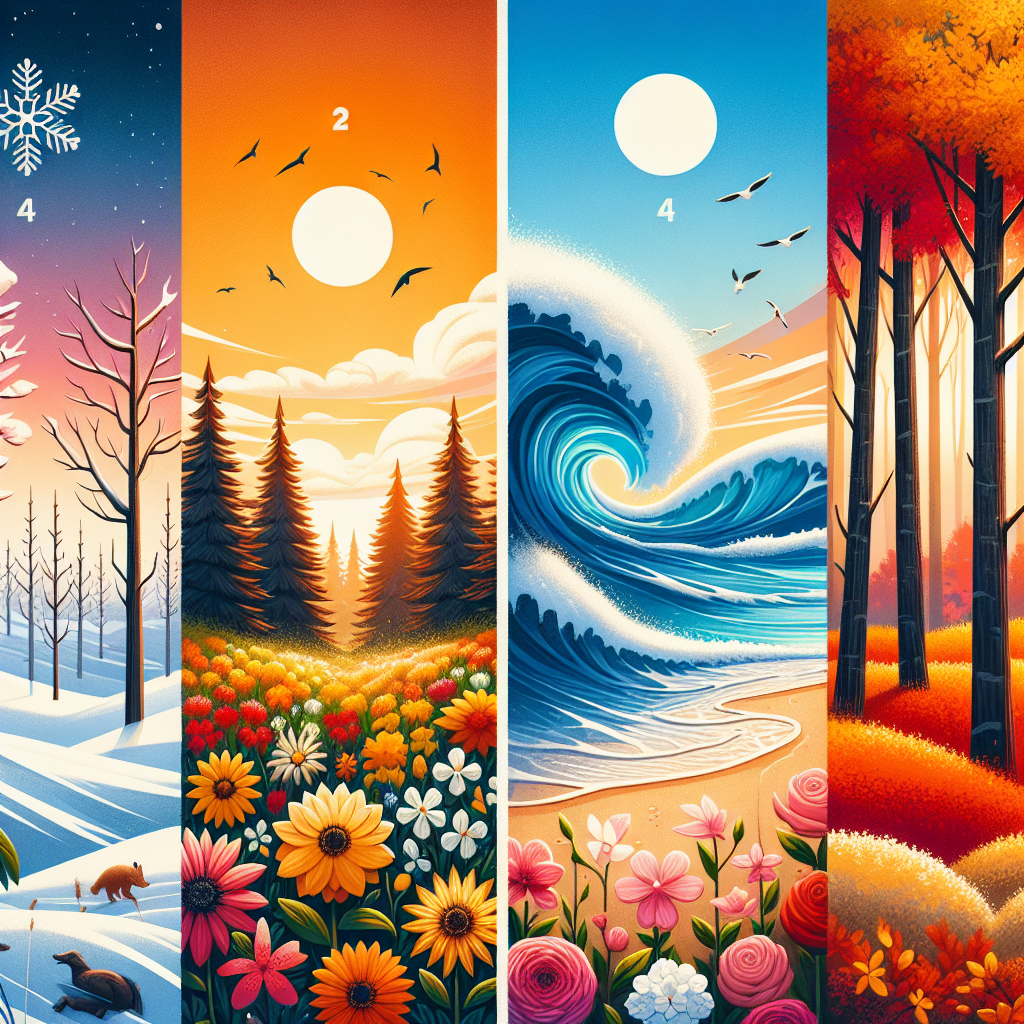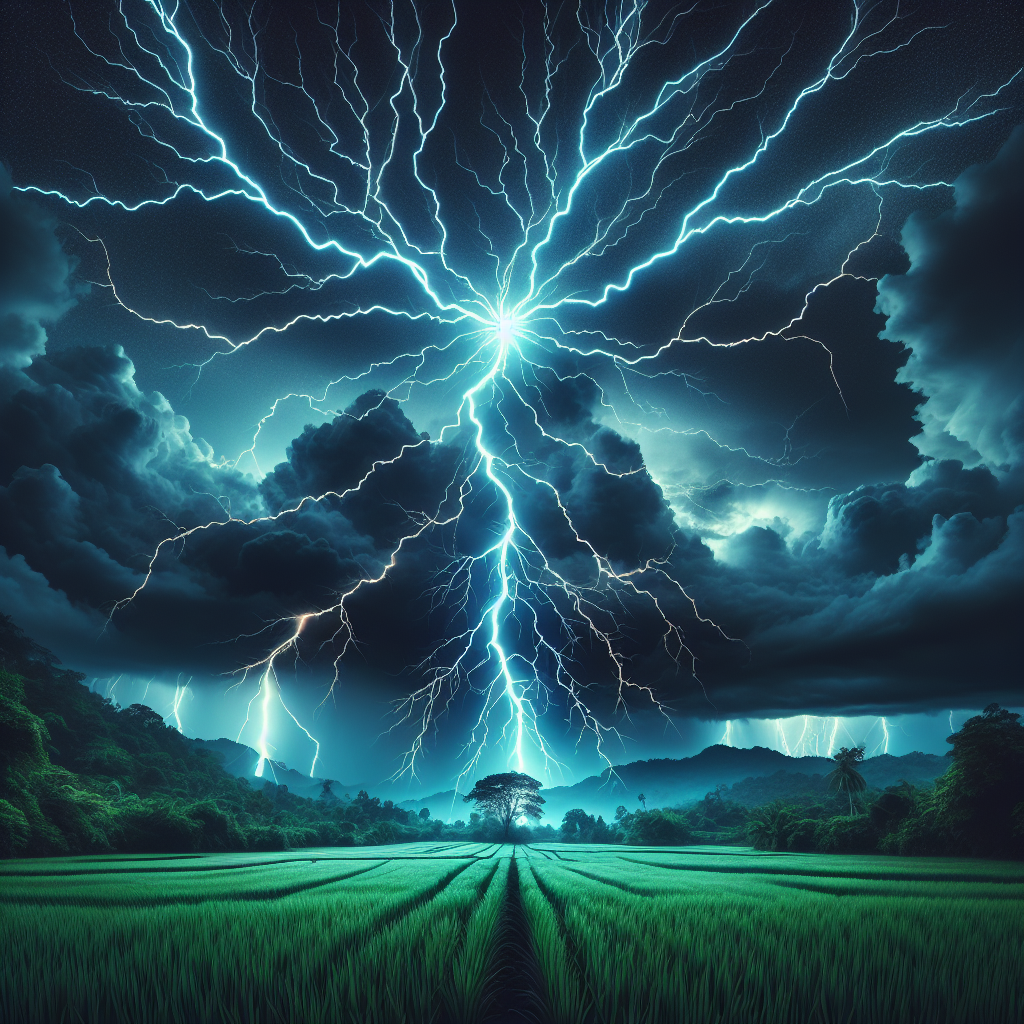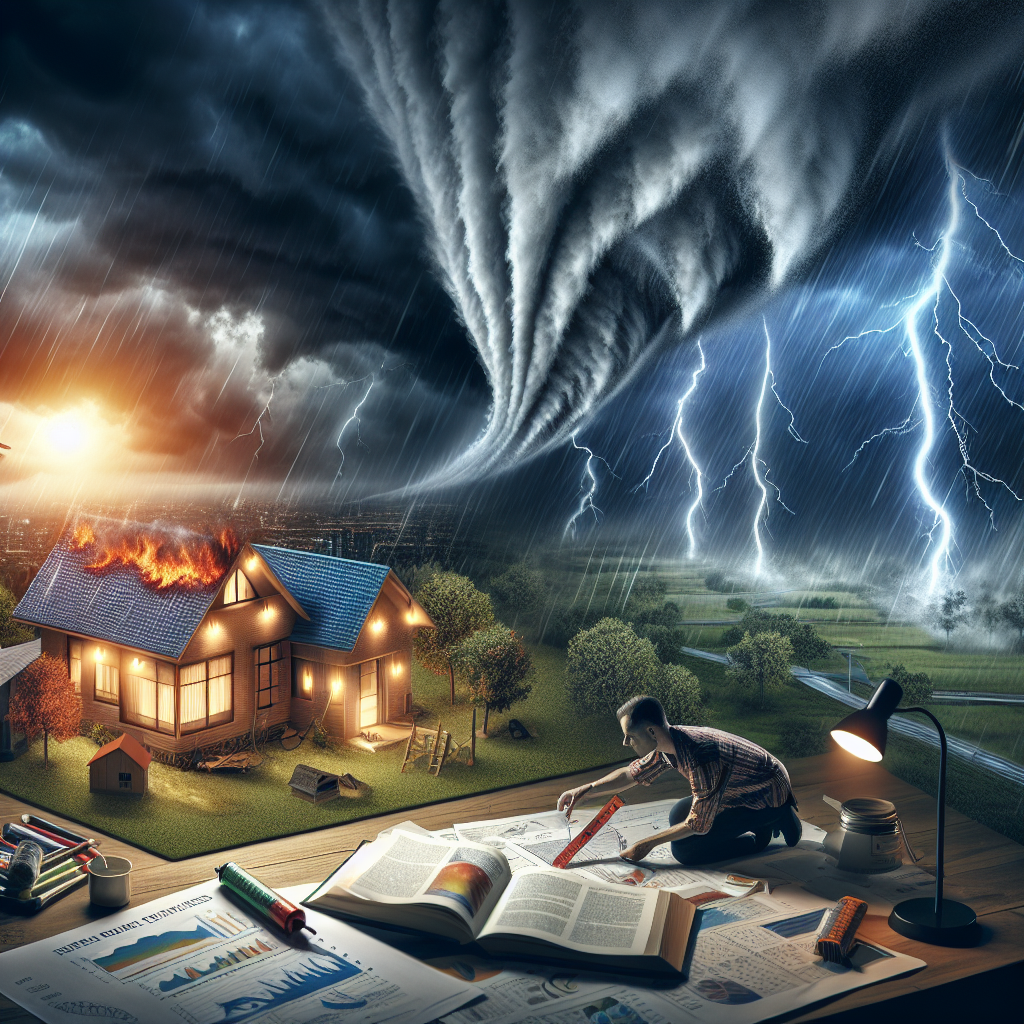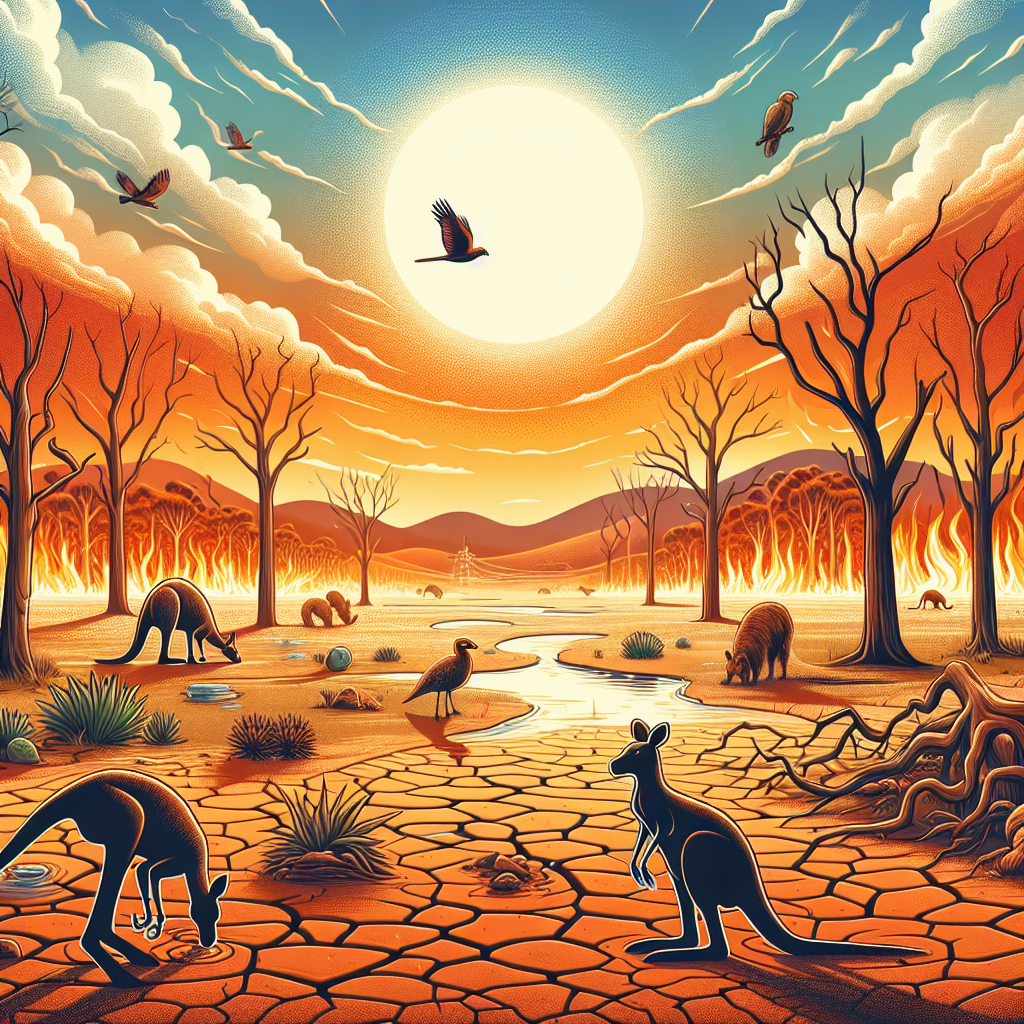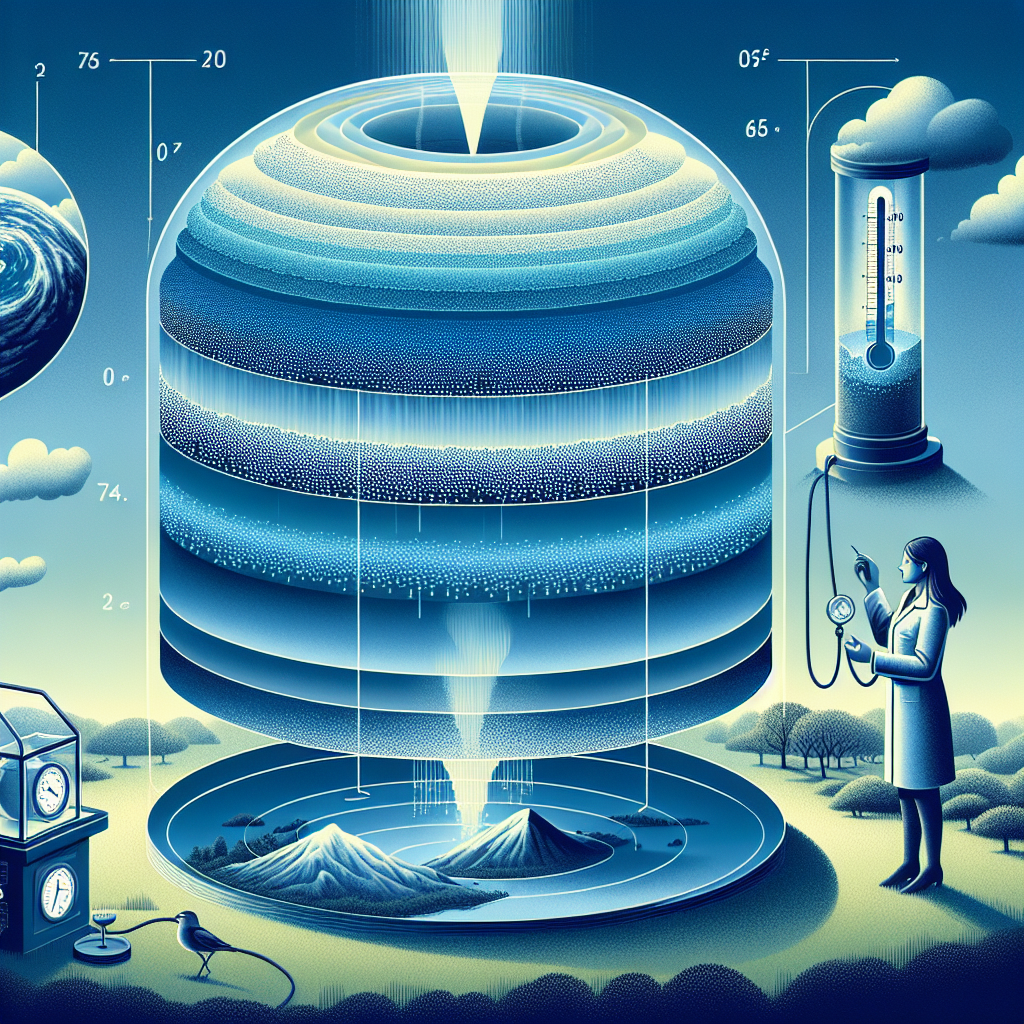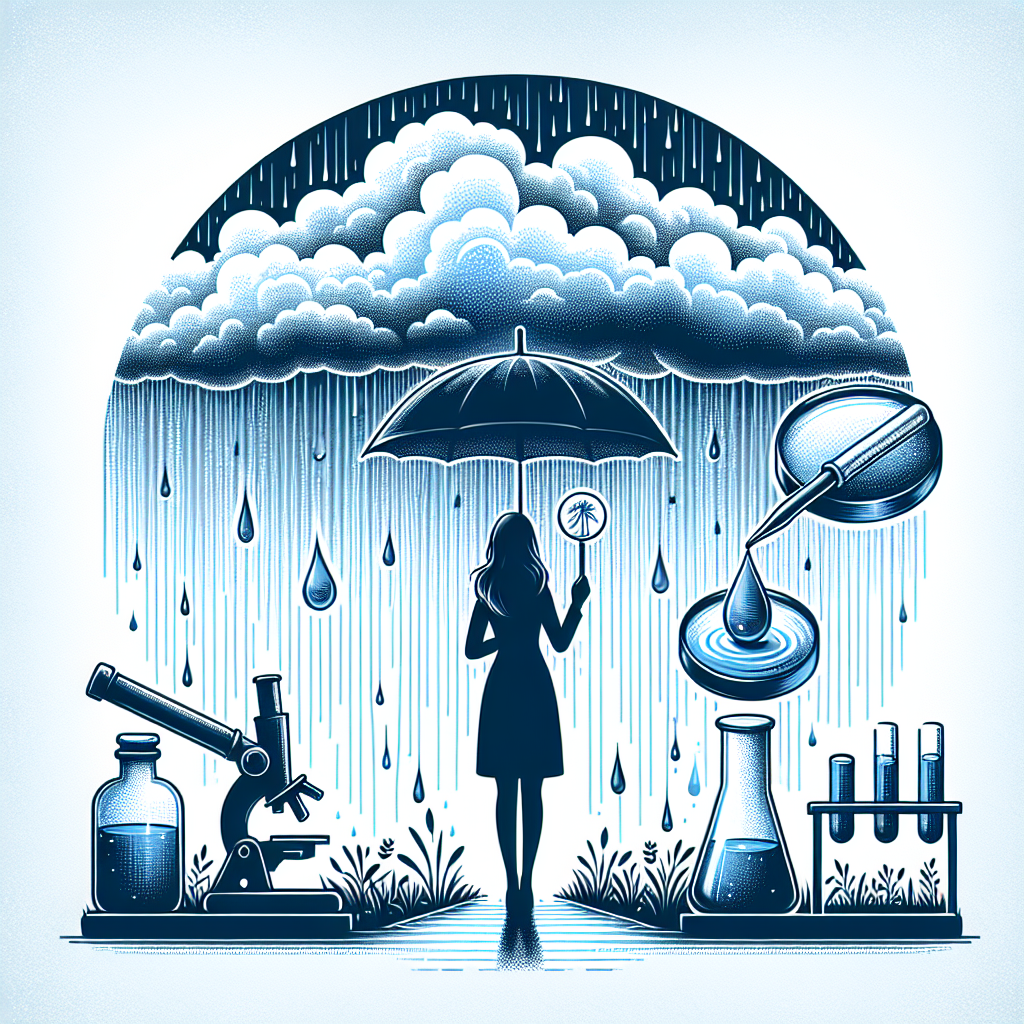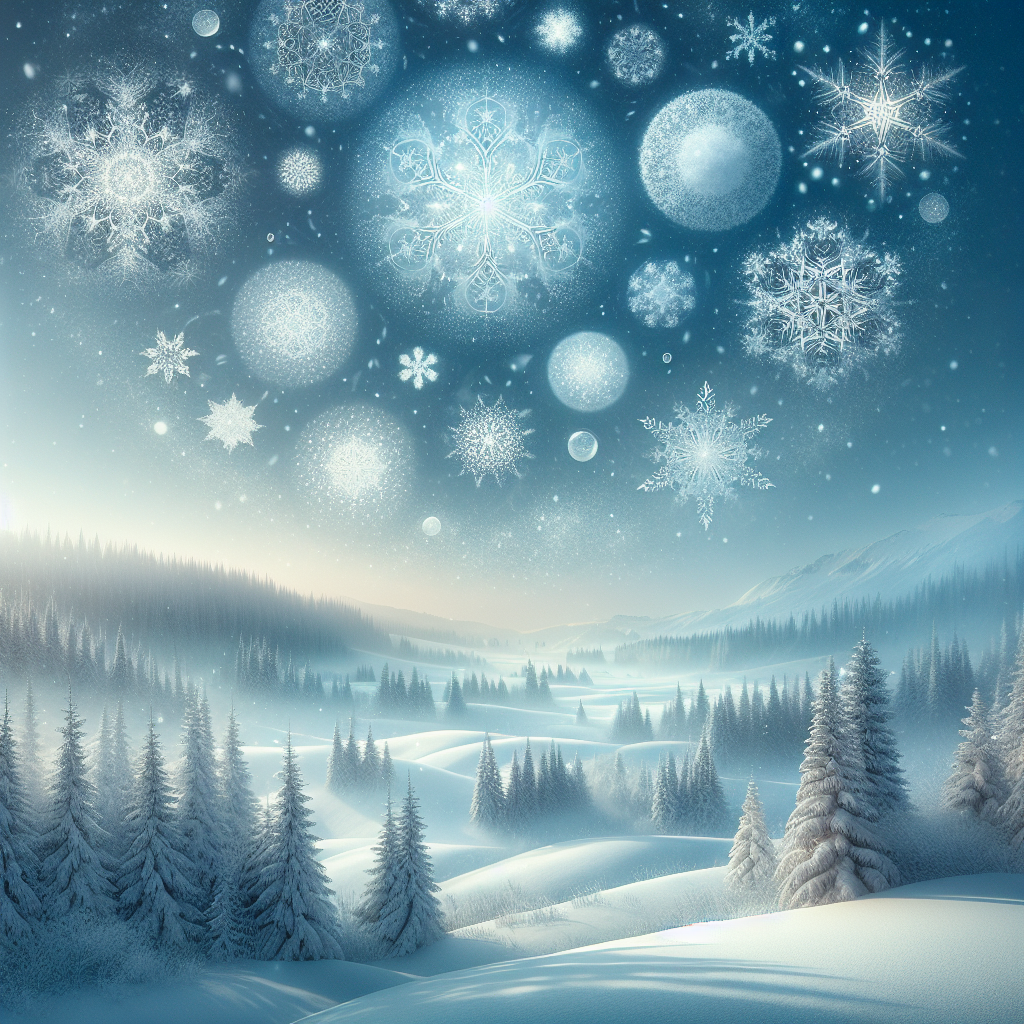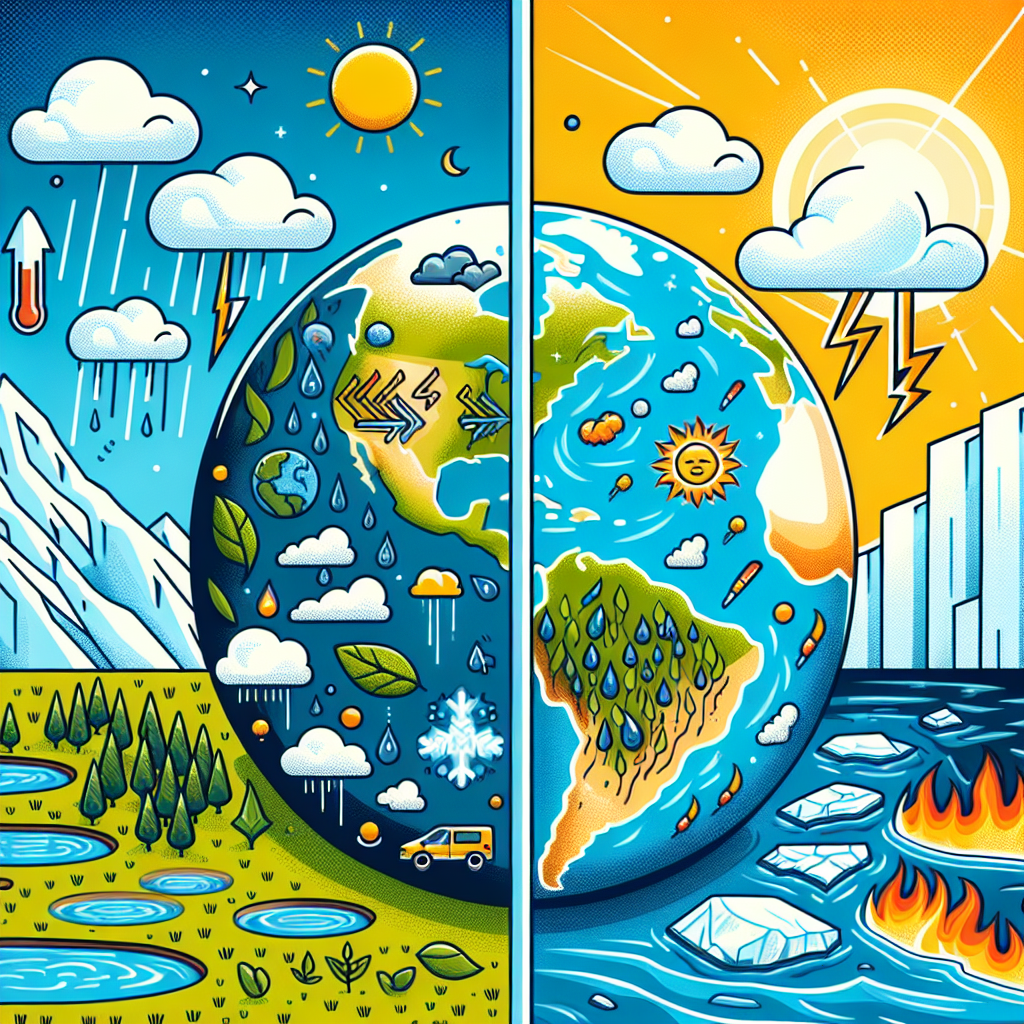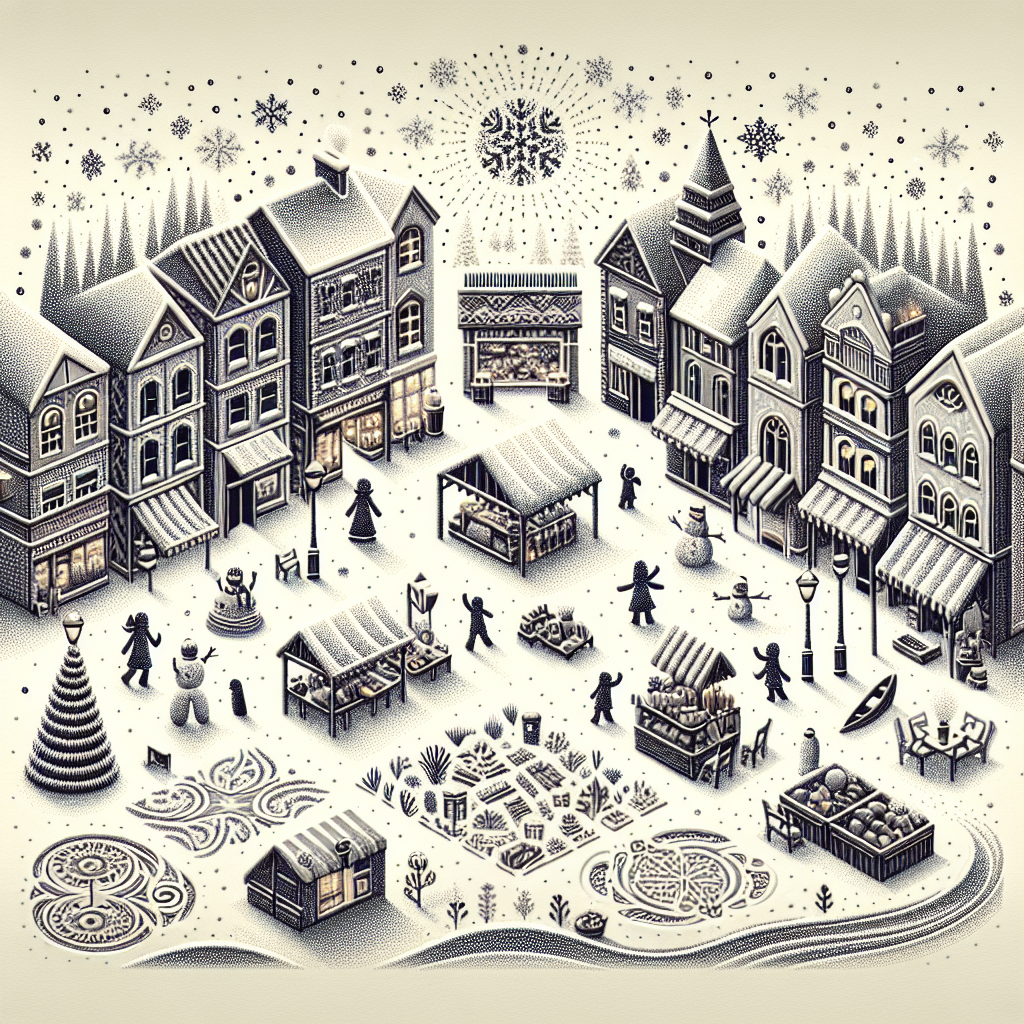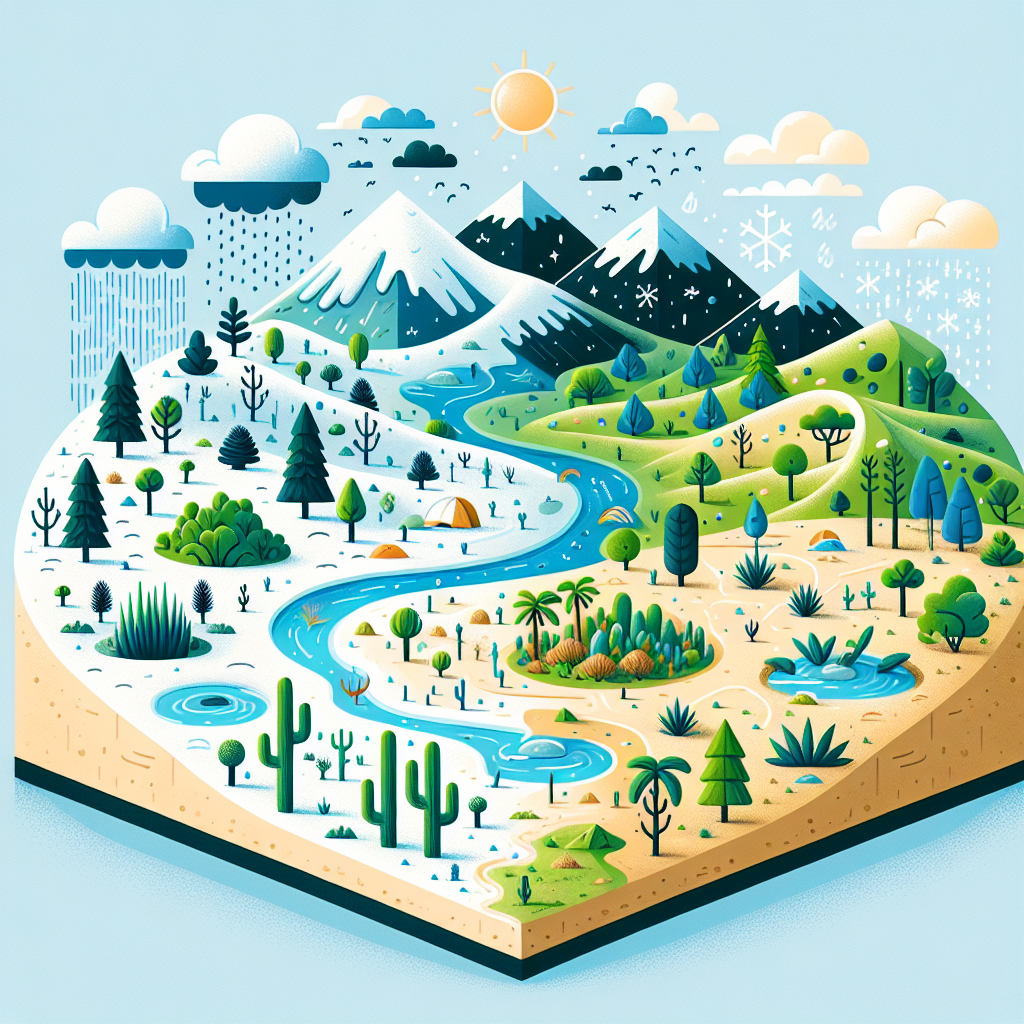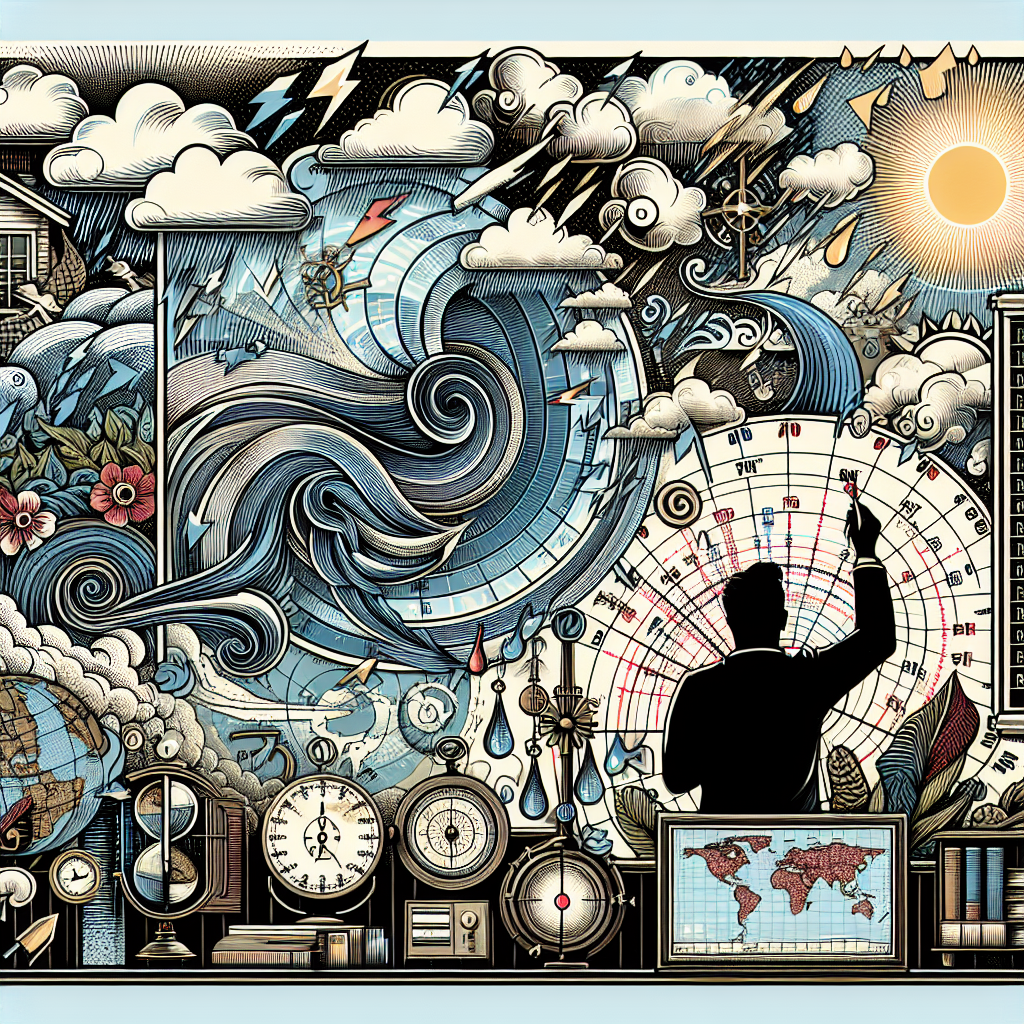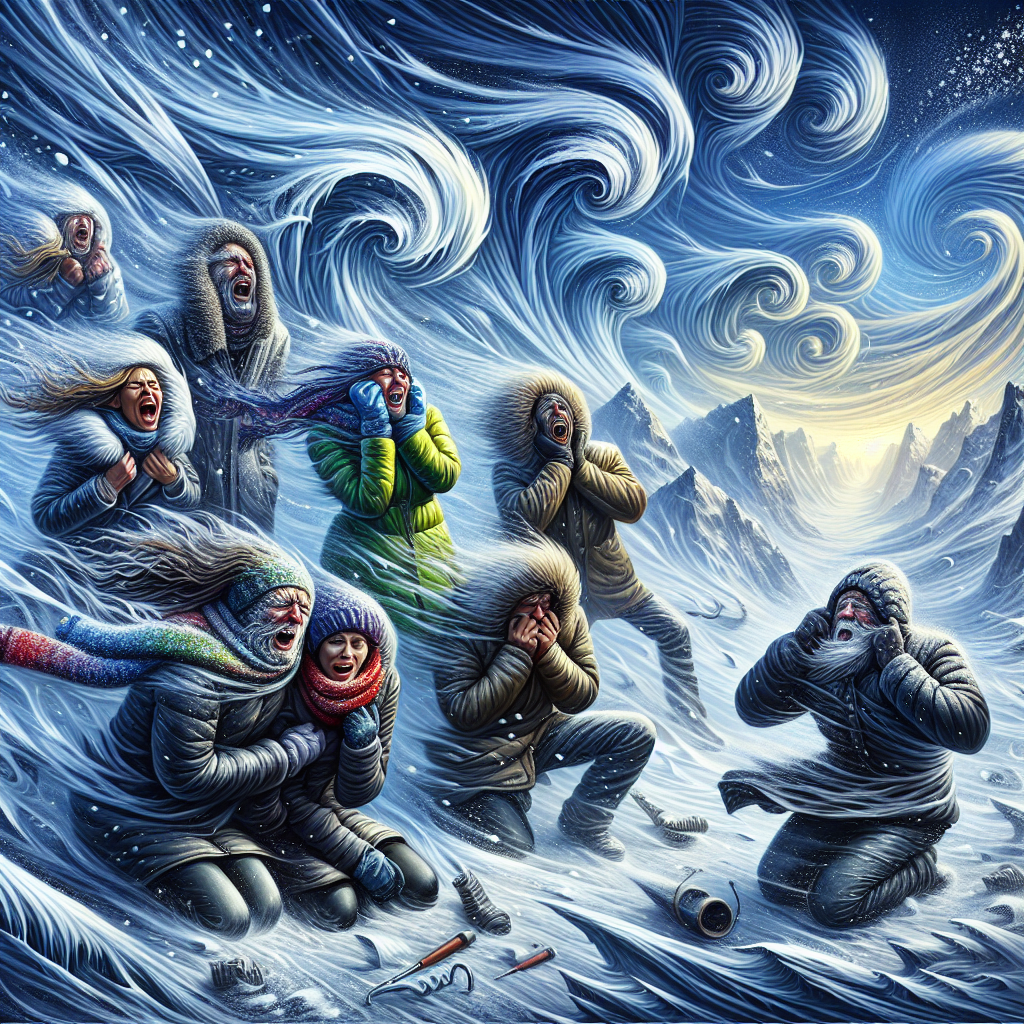The Science Behind Winter Flurries
Winter is a season that paints the world in a serene white coat of snow. The phenomenon of winter flurries and light snow holds a unique charm, captivating the hearts of many while also invoking a sense of curiosity about its formation and impact. Understanding the science behind these gentle snowflakes can deepen our appreciation of this magical season.
What Are Flurries?
Flurries refer to light snowfall that typically involves small, intermittent snowflakes falling without significant accumulation. These flakes are characterized by their lightweight and often brief duration. Flurries can occur in various weather conditions, often associated with overcast skies and cold temperatures.
The characteristics of flurries include:
Light Intensity: Flurries usually produce less than 0.1 inches of snow. This minimal accumulation distinguishes them from more significant snow events.
Duration: These snow showers often last for only a short period, anywhere from a few minutes to an hour.
Visibility: Flurries may reduce visibility, but often, they aren’t heavy enough to create dangerous driving conditions.
The Formation of Snowflakes
The formation of snowflakes begins high within the clouds. As water vapor condenses into ice crystals, these crystals grow as additional moisture freezes onto them. When conditions are ideal—specifically, when the temperature is at or below freezing—these ice crystals develop into the unique shapes we associate with snowflakes.
Temperature and Humidity: The relative humidity and temperature in the clouds play a crucial role in determining the type of snowflake that forms. Flakes can vary significantly in shape, influenced by these two factors.
Crystal Growth: As snowflakes descend, they pass through various temperature layers, causing them to grow or alter their shape based on these conditions.
Unique Patterns: Each snowflake is unique, often described by the saying that no two snowflakes are alike. The intricate hexagonal structure of the ice crystals contributes to this uniqueness.
Weather Conditions Favoring Flurries
Flurries typically occur with specific weather conditions:
Cold Air Masses: Flurries are most common when a cold air mass is present. These air masses can originate from polar regions, bringing consistent low temperatures.
Lift: For flurries to happen, some lifting mechanism is necessary to elevate moist air. This can occur through mechanisms like frontal passages, where warmer and colder air masses meet.
Low Pressure Systems: These systems are often associated with cloudy conditions and precipitation, enhancing the likelihood of experiencing flurries.
The Beauty of a Snowy Landscape
When flurries settle on the ground, they create a stunning visual transformation. A gentle layer of snow softens the harsh lines of landscapes, muffling sounds and creating a serene, almost enchanted setting. This tranquil beauty can enhance winter activities such as:
Winter Sports: Light snowfall can provide a fresh coat of powder for skiing or snowboarding, making for an exhilarating experience.
Photography: The gentle aesthetics of a snowy landscape can inspire photographers to capture the enchanting scenes, highlighting contrasting colors and textures.
Nature Walks: Snow offers a unique perspective for those who venture out to explore nature. The crunch of snow underfoot enhances the sensory experience of walking through a winter wonderland.
The Cultural Significance of Snow
Throughout history, snow has held various cultural significances across civilizations. In literature, snow often symbolizes purity, renewal, and tranquility. It signifies a pause in nature and can serve as a backdrop for stories of introspection and adventure.
Winter Celebrations: Various cultures celebrate winter with festivals that embrace the beauty of snow. Festivals like the Sapporo Snow Festival in Japan showcase stunning sculptures made entirely of snow.
Art and Literature: Artists and writers have often used snow as a metaphor. Poets have described the ethereal quality of snowflakes, while painters have sought to capture the quiet beauty of a snow-laden landscape.
Folklore: Many cultural myths and folklore surrounding snow can be traced back through generations. Snowy landscapes often inspire tales of winter spirits and magical transformations.
The Environmental Impact of Snow
Snow plays a crucial role in the environment:
Water Supply: In many regions, melting snow in the spring serves as a vital water supply for ecosystems, agriculture, and human consumption.
Temperature Regulation: Snow cover can help to insulate the ground, influencing soil temperatures and protecting plant life during cold months.
Wildlife Habitat: Many species depend on snow-covered landscapes for shelter and protection from the elements. The blanket of snow provides insulation for small mammals and birds.
Snow in a Changing Climate
With climate change influencing weather patterns, snowfall is becoming unpredictable in various regions. While some areas may experience less snowfall, others may see increased intensity during winter storms. This shift has both ecological and social implications:
Altered Habitats: Changes in snowfall patterns can disrupt habitats, affecting local wildlife and plant species that depend on seasonal changes to thrive.
Winter Tourism: Areas reliant on winter tourism, like ski resorts, may face challenges as snowfall becomes less predictable, impacting local economies.
Adaptation Strategies: Communities are beginning to develop strategies to adapt to changing winter conditions, promoting sustainability and environmental stewardship.
Conclusion
Understanding flurries and light snow encompasses a blend of meteorological science, cultural appreciation, and environmental impact. This delicate winter phenomenon elicits a sense of wonder and an acknowledgment of nature’s beauty and complexity. As we engage with our snowy surroundings, we not only appreciate the tranquility flurries bring but also acknowledge their role in the larger ecosystem and their relevance in a changing climate.

